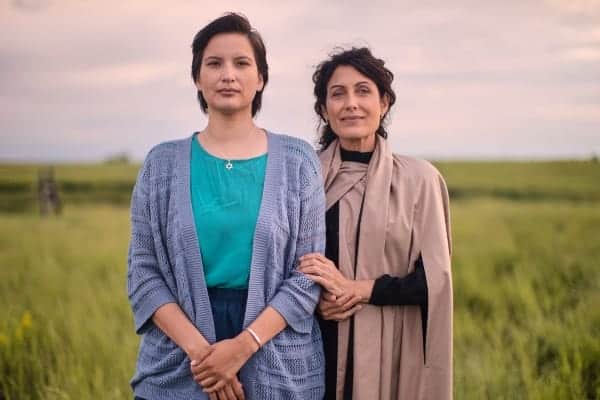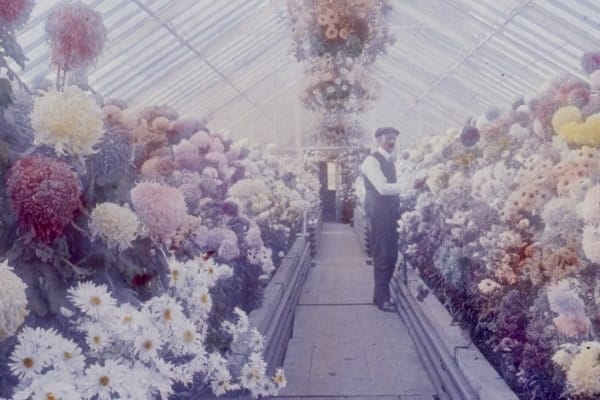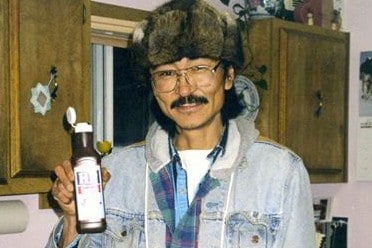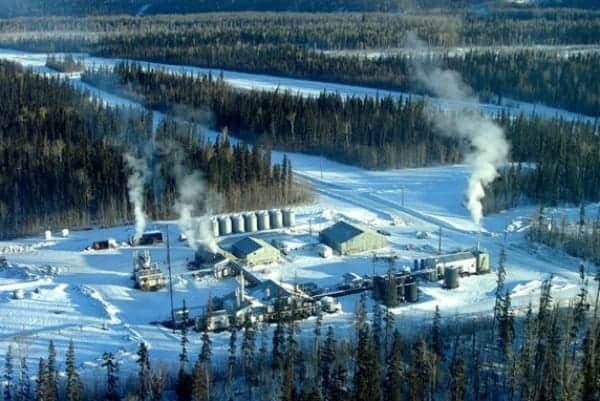On March 8, 2015, a team of 18 Northern Tutchone elders and heritage staff from the Nacho Nyak Dun, Selkirk, and Little Salmon/Carmacks First Nations embarked on a trip across the country in search of their heritage.
For some, like Elder Gertie Tom, this was one of many visits to Ottawa throughout her career. For others, including myself, it would mark the fi rst time stepping foot in the capital and political centre of Canada.
This incredible venture was part of a larger project, Doòli Don K’I, which the three Northern Tutchone communities have been working on extensively for 15 years. They are recording Northern Tutchone traditional stories, culture, laws, and values for the next generations to learn and uphold. To date, 22 books have been produced, illustrating the stories and history of the people.
The determination of the Dooli team, on behalf of our elders, to find more information and connections to their past, led us to the Canadian Museum of History. Some Yukoners are aware that many of the First Nations artifacts, regalia, and ceremonial objects of the past are now located in private collections and museums across the globe. Some were traded fairly, and others were taken without the consent or knowledge of the families to which they belong.
Supported by a grant from the Yukon Community Development Fund, the Dooli team contacted the Yukon Tourism and Culture-run project, Searching for Our Heritage (SFOH).
According to its website, SFOH “locates artifacts and natural history collections from Yukon found in museum collections around the world. Ongoing since 1985, this information is stored for the benefi t of Yukon communities, First Nations and participating institutions.”
SFOH is creating a database of artifacts and photographs from the Yukon that the public can access, but as the Dooli team found, many of the artifacts held by the museum were not in the database. This led to a few surprises.
For months, museum staff worked with the Dooli team to find everything that could possibly be Northern Tutchone within the museum’s collections and archives. When we arrived at the museum on Monday morning we were greeted by very helpful staff. Keywords such as “Northern Tutchone”, “Yukon”, “Fort Selkirk”, and “Stewart River” were submitted to the research staff in the weeks prior to the visit. Based on those keywords artifacts, photos, documents, and sound recordings were located for us. We entered a secure room with everything carefully laid out on a table. Instantly, Elder Emma Alfred of the Selkirk First Nation recognized something that she had never expected to see again. It was a purse that she helped make with her mother. It had beaver claws and was beaded with “Yukon” wording.
The entire room felt her excitement and emotion. We began to look closer at the other objects on the table, and we discovered more. An elder was examining a set of beaded dog packs that were used to decorate dog teams. They often sported bells that could be heard from miles away. She was sure that it was the beading of Gina Gill’s grandmother (Selkirk First Nation) who was also present on the trip. Gina instantly called her grandfather and he confi rmed that a set went missing from his cabin years before. He told her to “bring them back”.
We spent the remainder of the day photographing, recording, and correcting any information associated with the artifacts. The team plans to show the photographs and information to a larger group of elders at home. Two artifacts of particular interest are a drum and what looks to be the top of a dancing stick. None of the elders present in Ottawa could say for certain what the painted symbols meant. More artifacts were shown to us the next day. When we were fi nished, we held hands in a circle around the objects and gave thanks for this wonderful opportunity to see and feel the deeprooted works of art of our ancestors.
Gina explains, “I feel like I have an identity now, I didn’t even know this feeling existed.” This is the feeling we hope to instill in all our people. Our history dates back millennia and the strength of our ancestors can be recovered red through projects such as this.
The remaining days were spent in the museum archives, sorting through documents, photographs, and recordings. Our elders were taken back in time, some even fi nding photos of themselves. Emma was shocked once again to find a photograph of herself when she was 14-years-old, holding the purse she had found the previous day in storage.
All the photographs and recordings relating to Northern Tutchone were reviewed, and our elders’ comments about each were documented. The Dooli team and heritage departments will be ordering digital copies and these will be shared between each of the three Northern Tutchone communities to enhance our collections.
The final day of our visit to Ottawa was spent meeting with MP Ryan Leef, Senator Dan Lang and Minister of Canadian Heritage Shelley Glover. The Dooli team explained the Doòli Don K’i program work to them along with our fi ndings and hopes for the future. We also took a tour of the Parliament building and got to see fi rsthand where the decisions of our country are made.
Our Dooli team and heritage departments are continuing to work together on behalf of the Northern Tutchone elders to gather our stories and traditional knowledge for our future generations.
We would like to thank our funders, the Community Development Fund, the First Nation of Nacho Nyak Dun, the Selkirk First Nation and the Little Salmon/Carmacks First Nation. The support of Yukon’s Searching For Our Heritage program and the Canadian Museum of History is also appreciated.
Most of all, we would like to thank our elders for showing us the way forward by learning who we are.




